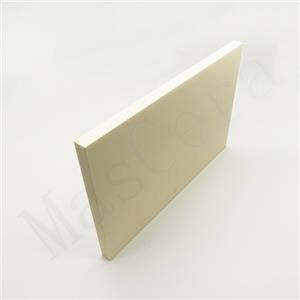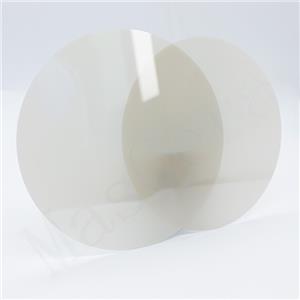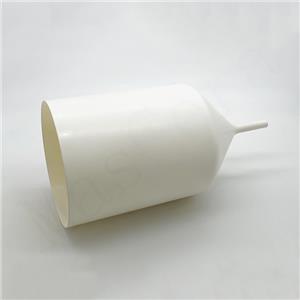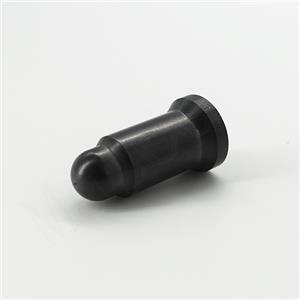How to Properly Clean and Sterilize a Ceramic Filling Pump
In pharmaceutical aseptic production, proper cleaning and sterilization of a ceramic filling pump is critical for maintaining hygiene, product quality, and GMP compliance. The key processes used are Clean-in-Place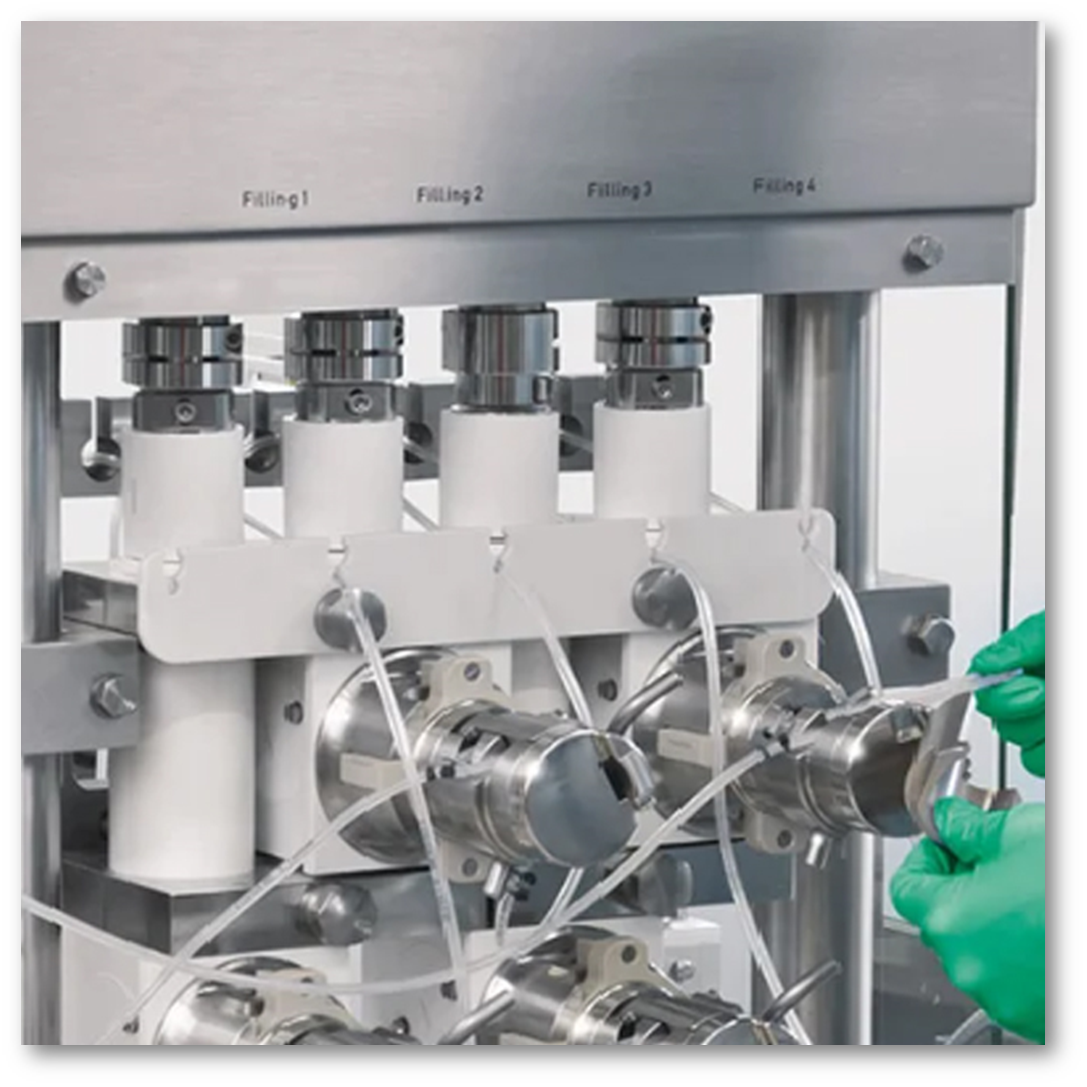 (CIP) and Sterilize-in-Place (SIP), which eliminate residues and microorganisms from internal pump surfaces—especially from the ceramic piston pump components such as the ceramic plunger and pump sleeve.
(CIP) and Sterilize-in-Place (SIP), which eliminate residues and microorganisms from internal pump surfaces—especially from the ceramic piston pump components such as the ceramic plunger and pump sleeve.
What are CIP and SIP?
CIP (Clean-in-Place) is a method of cleaning internal surfaces without disassembling equipment. Cleaning liquids are circulated through closed pipelines to remove product residues and biofilms. Common steps include pre-rinse, alkaline wash, and purified water rinse. CIP reduces manual labor and minimizes contamination risk by avoiding direct human contact.
SIP (Sterilize-in-Place) follows CIP and uses thermal methods—typically saturated steam—to achieve sterility inside the equipment. By maintaining a specific temperature (commonly 121°C) for a validated period, SIP ensures that all microbial life, including bacterial spores, is destroyed.
Both processes are essential in pharmaceutical and food industries, where sterility and cleanliness are critical.
Special Considerations for Ceramic Piston Pumps
To protect the integrity and performance of your ceramic filling pump, follow these key precautions during CIP/SIP: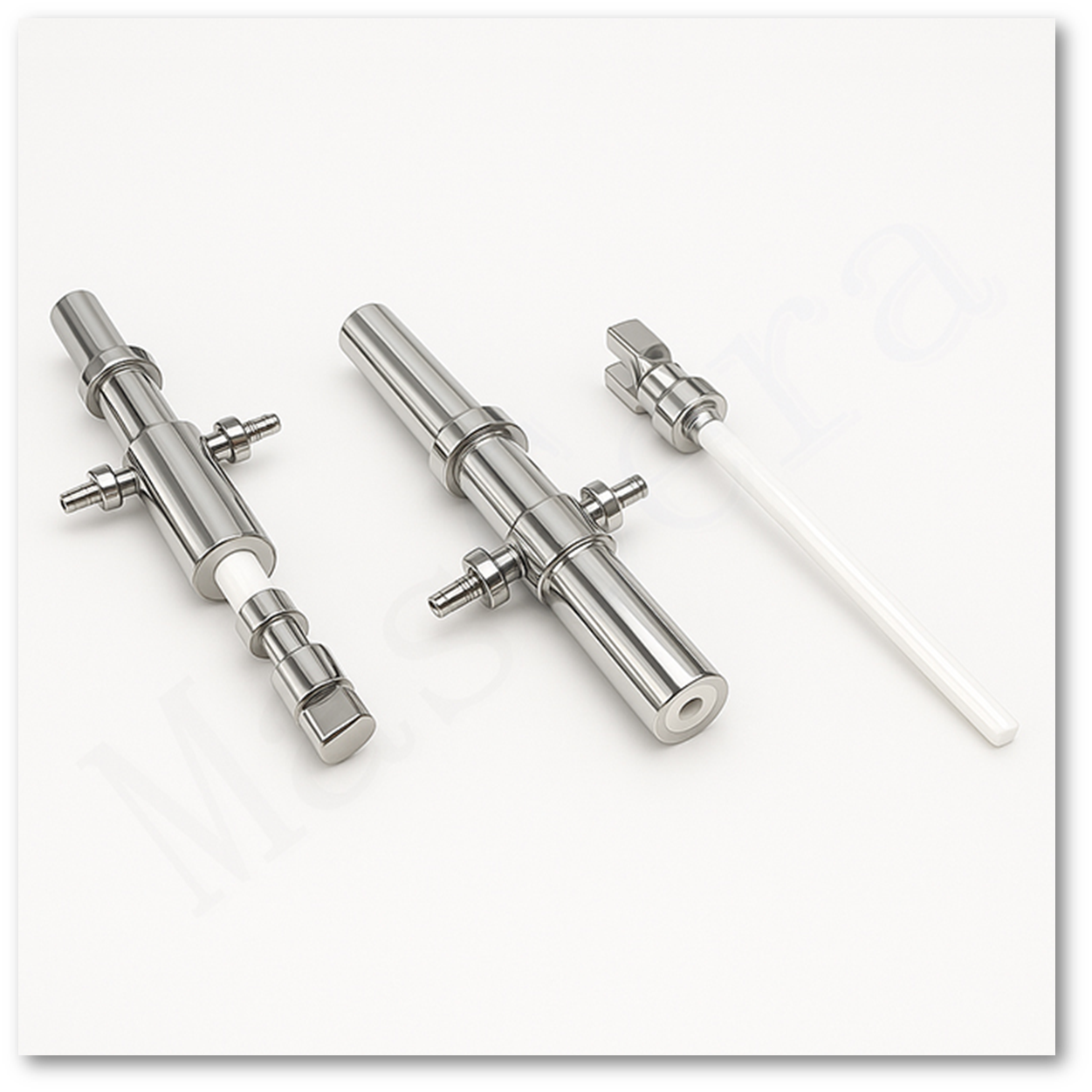
1. Chemical Compatibility
Avoid fluoride-based cleaning agents, which corrode stainless steel parts. Use commonly accepted agents such as NaOH (1%–3%) or diluted nitric acid with controlled temperature and duration. Rinse thoroughly to eliminate residue, especially from surfaces of the ceramic plunger.
2. Thermal Stress Control
Ceramic parts should not be exposed to sudden temperature changes. Do not submerge fully assembled ceramic piston pumps directly in hot water (>40°C). Instead, disassemble and gradually raise the water temperature during cleaning. After SIP, allow components to cool naturally to room temperature before reassembly.
3. Safe Handling and Suspension
Always remove and clean ceramic plungers and sleeves separately. Use non-metal containers (e.g., PTFE baskets) during sterilization to avoid metal contamination or mechanical shock. When possible, suspend ceramic parts vertically in the sterilizer to prevent stress fractures from their own weight or surface contact.
4. Removal of Stubborn Contaminants
If brown residues or mineral deposits are present, soak in 10% oxalic acid solution for 30–60 minutes, followed by a WFI rinse. For common organic residues, standard alkaline CIP is usually sufficient.
Recommended CIP/SIP Parameters for Ceramic Pumps
CIP Cleaning Steps:
Pre-Rinse: Purified water or WFI flush to remove bulk residues.
Alkaline Cleaning: 1–3% NaOH at up to 60°C for 5–15 minutes.
Intermediate Rinse: Rinse with purified water to neutral pH.
Acid Cleaning (Optional): Diluted nitric or citric acid to remove inorganic deposits.
Final Rinse: Use WFI to eliminate all cleaning agents. Ensure zero residue and acceptable water quality before SIP.
SIP Sterilization Steps:
Preheating: Introduce saturated steam to gradually heat the ceramic piston pump and remove cold spots.
Sterilization Hold: Maintain 121±2°C and 0.1 MPa pressure for 30 minutes.
Cooling & Drying: Gradual cooldown with optional sterile air blow-dry. Avoid cold shocks to ceramic parts.
All critical parameters—temperature, time, pressure—must be monitored and documented per GMP validation standards.
Common Issues and Solutions
Metal Smearing: If the ceramic plunger rubs against stainless steel, metal films may form. Always ensure lubrication and use non-metal supports during sterilization.
Cracks or Damage: Thermal or mechanical shock can cause micro-cracks. Avoid sudden temperature shifts and handle ceramic parts with care. Inspect regularly using magnification or dye-penetrant testing.
Flow Blockages: Incomplete CIP can leave residues that crystallize inside valves or channels. Always flush thoroughly, especially after filling sticky or sugar-based solutions.
Proper maintenance of a ceramic piston pump is not just about cleaning—it's about preserving long-term performance and sterility assurance. With accurate CIP/SIP procedures and handling protocols, ceramic filling pumps provide durable, contamination-resistant performance ideal for pharmaceutical applications. Whether your system uses an alumina or zirconia ceramic plunger, strict attention to cleaning detail will ensure reliable filling operations and compliance with the highest hygiene standards.

